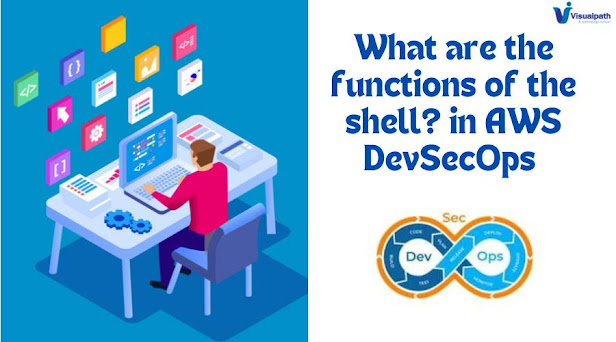Why Ansible And Ansible Architecture
In today's fast-paced IT environment, automation is key to enhancing efficiency, consistency, and reliability. Ansible, an open-source automation tool, has gained significant traction due to its simplicity, agentless architecture, and powerful capabilities. This article delves into why Ansible is widely adopted and explores its architecture.
Why Ansible?
1. Simplicity and Ease of Use:
Ansible
uses YAML, a human-readable language, for its playbooks, making it accessible
even to those with minimal programming experience. Its straightforward syntax
allows users to define tasks in a clear and concise manner, reducing the
learning curve. DevSecOps
Training in Ameerpet
2. Agentless Architecture:
Unlike
other automation tools, Ansible does not require the installation of agents on
target machines. It relies on SSH (Secure Shell) for Unix-like systems and
WinRM (Windows Remote Management) for Windows systems. This reduces overhead
and simplifies the management of nodes. DevSecOps
Training Online
3. Flexibility and Power:
Ansible
is highly flexible and can manage a wide range of IT tasks, from configuration
management and application deployment to orchestration and provisioning. Its
extensive module library allows users to automate virtually any aspect of their
IT infrastructure.
AWS
DevSecOps Training in Ameerpet
4. Idempotency:
Ansible
ensures that repeated executions of playbooks do not produce unintended side
effects. This idempotent nature guarantees that the target system reaches the
desired state regardless of its initial state, enhancing reliability and
consistency.
5. Community and Enterprise Support:
With
a strong open-source community and robust enterprise support through Red Hat
Ansible Automation Platform, users have access to a wealth of resources,
plugins, and modules. This community-driven approach ensures continuous
improvement and innovation.
AWS
DevSecOps Training
Ansible Architecture
1. Control Node:
The
control node is where Ansible is installed. It contains the necessary
playbooks, modules, and configuration files. Users run Ansible commands from
this node, which then communicates with the managed nodes.
2. Managed Nodes:
These
are the target systems that Ansible manages. Managed nodes can be any device
accessible via SSH or WinRM, including servers, cloud instances, and network
devices. DevSecOps
Course in Hyderabad
3. Inventory:
The
inventory is a file or a directory containing information about the managed
nodes. It can be static or dynamically generated, detailing the hostnames or IP
addresses of the nodes and their grouping.
4. Modules:
Modules
are the core components that perform specific tasks on managed nodes. They can
range from basic operations like file manipulation and package installation to
complex tasks like cloud provisioning.
5. Playbooks:
Playbooks
are YAML files where users define a series of tasks to be executed on managed
nodes. They outline the desired state and the steps required to achieve it.
6. Plugins:
Plugins
extend Ansible's functionality. They can be used for tasks such as logging,
caching, and inventory management. DevSecOps
Training in Hyderabad
Visualpath is the Best Software Online Training Institute in
Hyderabad. Avail complete AWS DevSecOps Online Training worldwide.
You will get the best course at an affordable cost.
Attend
Free Demo
Call on - +91-9989971070.
Visit Blog: https://visualpathblogs.com/
WhatsApp: https://www.whatsapp.com/catalog/919989971070
Visit: https://www.visualpath.in/aws-devsecops-online-training.html




Comments
Post a Comment